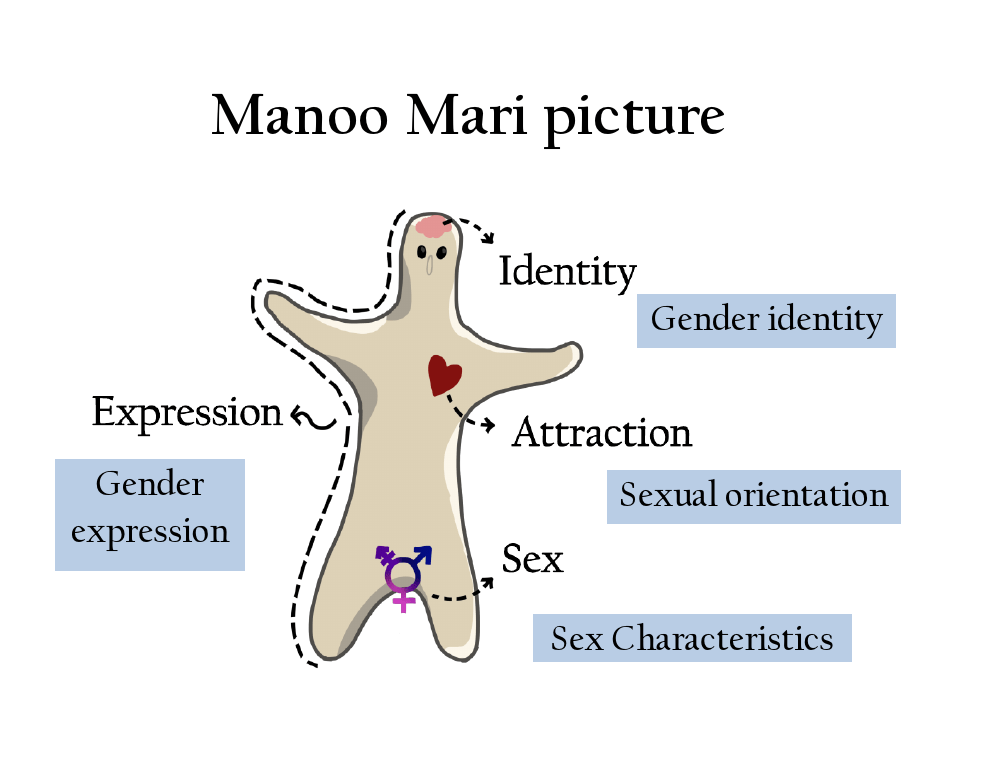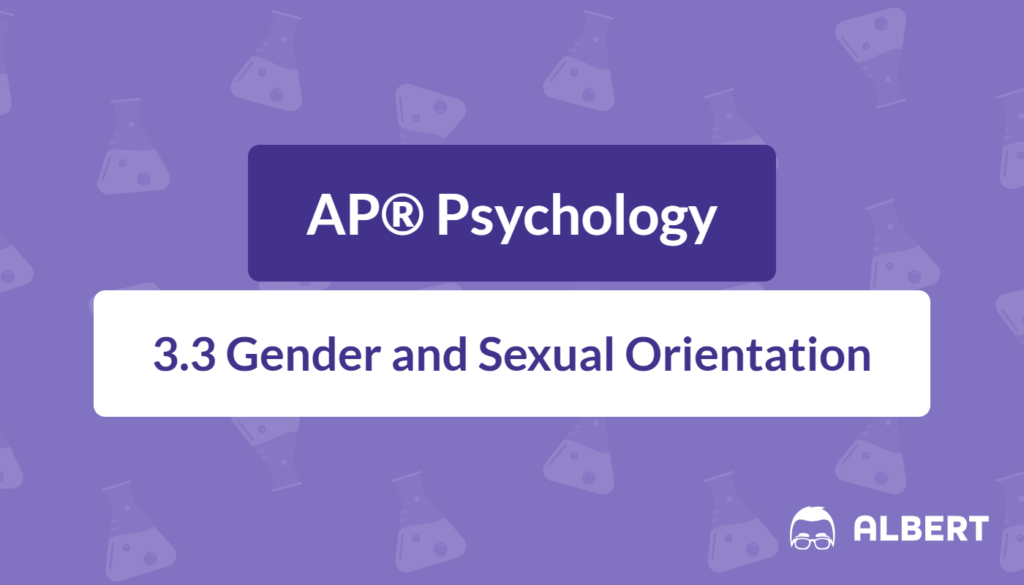What We Review
Understanding how gender and sexual orientation develop is an important step in appreciating human diversity. While growth and identity formation can seem confusing, socialization processes help shape how individuals view themselves and others. Therefore, learning about these concepts, especially within the context of the psychology of sexual orientation and gender diversity, can foster empathy and respect.
Below is an overview that explains key ideas like gender vs. sex, socialization practices, and common challenges faced by many people. Each section describes essential points, real-life examples, and brief steps outlining how these aspects unfold. The goal is to simplify these topics for anyone new to this area of psychology.
Introduction
Gender and sexual orientation influence how people see themselves, interact with the world, and develop relationships. Because socialization starts early in life, it plays a crucial role in shaping personal identity. Society’s expectations can affect how boys, girls, and those who identify differently are treated. Therefore, understanding these impacts through the lens of the psychology of sexual orientation and gender diversity can help reduce misunderstandings and encourage inclusivity.
Numerous factors, including family, culture, and media, contribute to development. Although each person’s path is unique, certain patterns appear common. Consequently, a closer look at these elements can lead to healthier social environments.
Defining Key Concepts
Gender vs. Sex
- Sex refers to the biological attributes (such as chromosomes, hormones, and anatomy) that categorize individuals as male, female, or intersex.
- Gender refers to the roles, behaviors, and identities that societies associate with being masculine, feminine, both, or neither.
Biological sex is not the same as gender, and understanding this difference is important. In many cultures, there are specific expectations linked to each gender. However, those expectations may vary across time and place.
Example (Step-by-Step Illustration)
- A child is born with certain biological traits (sex).
- Society assigns that child a gender label (boy or girl).
- As the child grows, they notice the roles and behaviors associated with that gender (toys, clothing, or activities).
- They might feel aligned with those roles or may identify differently, reflecting the broader concept of gender.

Sexual Orientation
Sexual orientation refers to the emotional, romantic, or sexual attraction a person feels toward others. Different types of orientations include heterosexual, homosexual, bisexual, and more. In addition, some individuals identify as asexual, meaning they experience little or no sexual attraction.
Because sexual orientation is personal, recognizing the variety of identities helps create an accepting environment. Furthermore, understanding sexuality can support emotional well-being, especially during adolescence.
Example (Step-by-Step Illustration)
- A teenager starts noticing attraction toward other people.
- The individual observes whether these attractions are to males, females, both, or neither.
- They may label themselves or remain uncertain as they explore feelings.
- Open conversations and resources help them feel supported and informed.
Gender Diversity
Gender diversity is the recognition that not everyone identifies strictly as male or female. Some people identify as genderqueer, nonbinary, genderfluid, or other terms. Because culture and personal experiences shape identity, acknowledging gender diversity fosters inclusivity.
This concept highlights that expressions of gender vary widely. Therefore, offering respect to different gender identities lessens judgment and encourages healthier social relationships.
The Role of Socialization
What is Socialization?
Socialization is the process by which individuals learn the norms, values, and behaviors expected by their society or culture. Children begin absorbing these messages almost immediately after birth. Next, they use these cues to build an understanding of how to act and communicate.
Influences on Socialization
- Family: Parents and siblings often encourage behavior that aligns with cultural notions of gender and sex.
- Peers: Friends can reinforce or challenge gender expectations, especially at school.
- Media: Television, movies, and social platforms frequently show role models reflecting societal standards.
- Culture: Traditions and community values shape the roles individuals assume in daily life.
Sex Influence on Socialization
Biological sex can impact our earliest social experiences. For instance, some parents might give different toys to boys and girls. As a result, children can learn to act in ways that match cultural expectations tied to sex. However, it is important to note that biological sex does not strictly determine personal interests or identities.
Gender Influence on Socialization
Social expectations for males and females can lead to a range of experiences. In many cultures, boys might be encouraged to be competitive, while girls might be encouraged to be cooperative. Therefore, gender often shapes how individuals approach relationships, careers, and self-image.
Developmental Aspects of Gender and Sexual Orientation
Childhood and Adolescence
During childhood, identity formation begins with observing parents, siblings, and caregivers. Later, during adolescence, many young people explore their gender expression and sexual orientation more deeply. Events like joining clubs or navigating friendships allow them to test different identities. Additionally, puberty can intensify questions about attraction and self-discovery.
Recognizing these changes is crucial for providing support. Adolescence is a time of rapid growth. Therefore, it is common to experience confusion and varied emotions regarding identity.
Adulthood
In adulthood, sexual orientation and gender identity can continue to evolve. People may become more comfortable or may decide to change how they express themselves. Work environments, relationships, and social norms can also influence identity. Moreover, societal acceptance can determine whether individuals feel safe expressing their true selves. Hence, continued open-mindedness is valuable as people grow older.
Real-Life Examples
Example: Socialization in Early Childhood
A four-year-old child notices that they receive praise when playing with same-gender friends and toys. Meanwhile, family members may frown when the child shows interest in toys typically associated with another gender.
Steps:
- The child observes reactions from adults and peers.
- The child learns that certain behaviors lead to approval or disapproval.
- Over time, these interactions shape the child’s self-expression.
- If the child’s interests differ from expectations, internal conflict or confusion can arise.
Example: Navigating Sexual Orientation in Adolescence
A 15-year-old begins to sense attraction toward people of the same sex. They might feel uncertain about expressing this publicly because of how society treats homosexuality in their community.
Steps:
- The teenager recognizes feelings of attraction.
- They compare these feelings to what is shown in media or among friends.
- They might seek validation through online resources or trusted adults.
- Stigma or bias in the community can cause stress, making support from family or educators essential.
Challenges and Support Structures
Common Challenges Faced
- Discrimination: Negative attitudes toward differences in gender or orientation can lead to bullying or exclusion.
- Stigma: Misunderstandings or stereotypes often create mental and emotional challenges.
- Psychological Impacts: Individuals facing prejudice may experience anxiety, depression, or self-esteem issues.
Support Systems
- Family Support: Respectful family environments help individuals feel understood and valued.
- Community Resources: School clubs, support groups, and online forums allow people to connect.
- Counseling: Professionals can offer guidance on dealing with identity-related stresses.
- Education: Inclusive curricula and anti-bullying policies promote a safer atmosphere.
Recognizing these support structures encourages acceptance. Therefore, individuals can find healthier ways to cope with any challenges they face.
Conclusion
Gender and sexual orientation are complex aspects of human psychology, influenced by biological, social, and cultural factors. From infancy to adulthood, socialization processes teach society’s expectations, which can shape how individuals see themselves. Moreover, people often continue to explore and refine their identities throughout their lives, a process central to the psychology of sexual orientation and gender diversity.
By understanding the interplay of biology, environment, and individual experiences, it becomes easier to offer empathy and support to those whose identities may differ. Embracing inclusivity means less judgment, greater acceptance, and healthier communities. Therefore, ongoing dialogue about gender and sexual orientation remains crucial.
Quick Reference Chart
Below is a simple chart of important vocabulary and definitions.
| Term | Definition |
| Sex | Biological classification based on chromosomes, hormones, and anatomy. |
| Gender | Socially constructed roles, behaviors, and identities linked to masculinity, femininity, or other expressions. |
| Sexual Orientation | Emotional, romantic, or sexual attraction toward others (e.g., heterosexual, homosexual, bisexual, asexual). |
| Gender Diversity | Acknowledgment that individuals may identify with or express genders beyond male or female. |
| Socialization | The lifelong process of learning norms, values, and behaviors from family, peers, media, and culture. |
| Sex Influence | How biological sex can affect early expectations, toy choices, and social roles. |
| Gender Influence | The impact of societal gender expectations on behavior, self-expression, and development. |
| Development | The progression of individual growth over time, including identity formation and social skills. |
| Discrimination | Unjust treatment based on personal characteristics such as gender identity or sexual orientation. |
| Stigma | Negative attitudes and beliefs that lead to prejudice and discrimination against certain groups. |
Sharpen Your Skills for AP® Psychology
Are you preparing for the AP® Psychology test? We’ve got you covered! Try our review articles designed to help you confidently tackle real-world AP® Psychology problems. You’ll find everything you need to succeed, from quick tips to detailed strategies. Start exploring now!
- What is Operant Conditioning: AP® Psychology Review
- Learning Theory: AP® Psychology Review
- Developmental Psychology: AP® Psychology Review
Need help preparing for your AP® Psychology exam?
Albert has hundreds of AP® Psychology practice questions, free response, and full-length practice tests to try out.








